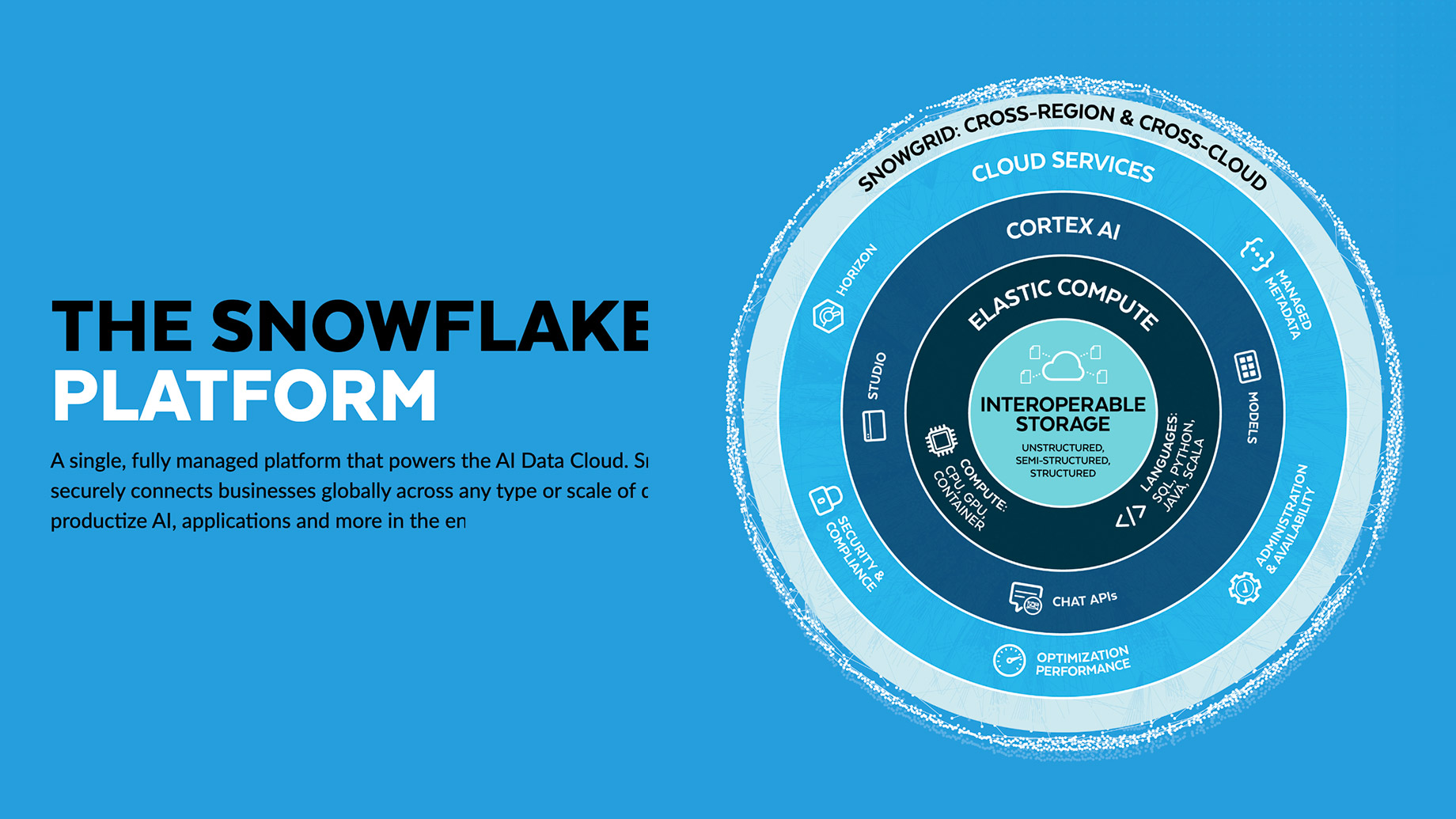
Managing cloud expenses efficiently is critical for any business using Snowflake’s data platform. With growing data needs, losing track of costs and overspending can be easy. However, smart cost management can help companies maximize value while controlling their cloud expenses. This article explores effective techniques to reduce Snowflake costs and enhance operational efficiency without sacrificing performance.
Understanding the Importance of Cost Control
One of the key challenges businesses face with Snowflake cost control is managing expenses effectively. As usage grows, costs can escalate, making it essential to understand how to control them. But how can organizations ensure they are spending wisely? Cost control strategies help businesses optimize their cloud environment, ensuring every dollar is used efficiently.
It’s not just about reducing expenses but making sure the resources are aligned with the business goals. Cost management is essential for both small and large organizations as they seek to balance performance and price efficiency.
Optimising Storage and Data Management
A common area of unnecessary spending in Snowflake is data storage. Large volumes of unstructured or unused data can lead to increased costs. The key is to regularly review and optimize your storage, identifying data that can be archived or deleted.
Managing data lifecycle policies, like automated data expiry, can help reduce costs. By retaining only necessary data and ensuring compliance, organizations save money and improve efficiency.
Leveraging Auto-Suspend and Scaling Features
One of Snowflake’s strengths is its ability to suspend virtual warehouses when not in use automatically. This feature helps businesses reduce costs by ensuring they are not paying for idle computing power. How often does your business review its warehouse suspension policies?
Another way to optimize costs is to effectively utilize auto-scaling. Snowflake allows virtual warehouses to scale up and down based on workload demands. Properly configuring these settings ensures that businesses are not over-provisioning resources, leading to better expense management.
Monitoring Query Performance
Query performance can have a direct impact on Snowflake costs. Inefficient queries or those that run too long can lead to increased costs due to high compute resource usage. Regularly monitoring and optimizing query performance is crucial for maintaining expense efficiency. For instance, leveraging tools like Snowflake Metabase integration can simplify query analysis and visualization, enabling businesses to identify cost-heavy queries and optimize them effectively.
Businesses should use monitoring tools to identify and optimize slow queries. This not only speeds up processes but also lowers compute costs, ensuring queries are handled efficiently for effective cost management.
Choosing the Right Data Warehousing Size
A key aspect of cost management is selecting the right data warehouse size. Many businesses choose larger sizes than needed, leading to extra costs. To avoid this, it’s important to assess workload requirements and choose a warehouse size that fits. Regularly reviewing and adjusting based on usage can help reduce expenses.
Partnering for Cost Optimization
The right support is crucial for managing Snowflake costs. Partnering with a cost optimization expert provides the tools and insights needed to control expenses effectively. Expert guidance can help businesses optimize storage, improve query performance, and right-size warehouses, ensuring long-term cost efficiency.
A Smarter Approach to Cost Control
Cost management is about making informed decisions that balance cost and performance. Businesses that actively manage their Snowflake environment—whether by optimizing storage, refining queries, or leveraging automatic scaling—can achieve significant savings over time. Cloud expenses can quickly increase if not carefully monitored.
However, with the right strategies, businesses can get the most value from their Snowflake investment. Organizations can cut cloud costs without sacrificing performance by focusing on smart spending and regularly reviewing usage. This is key to staying competitive in the current data-driven world.
While Snowflake cost control is essential, it is crucial to implement effective cost-management strategies to avoid overspending. Balancing cost control with operational performance ensures that businesses can maximize their investment in this leading data platform. This approach not only optimizes expenses but also enhances overall productivity and efficiency.